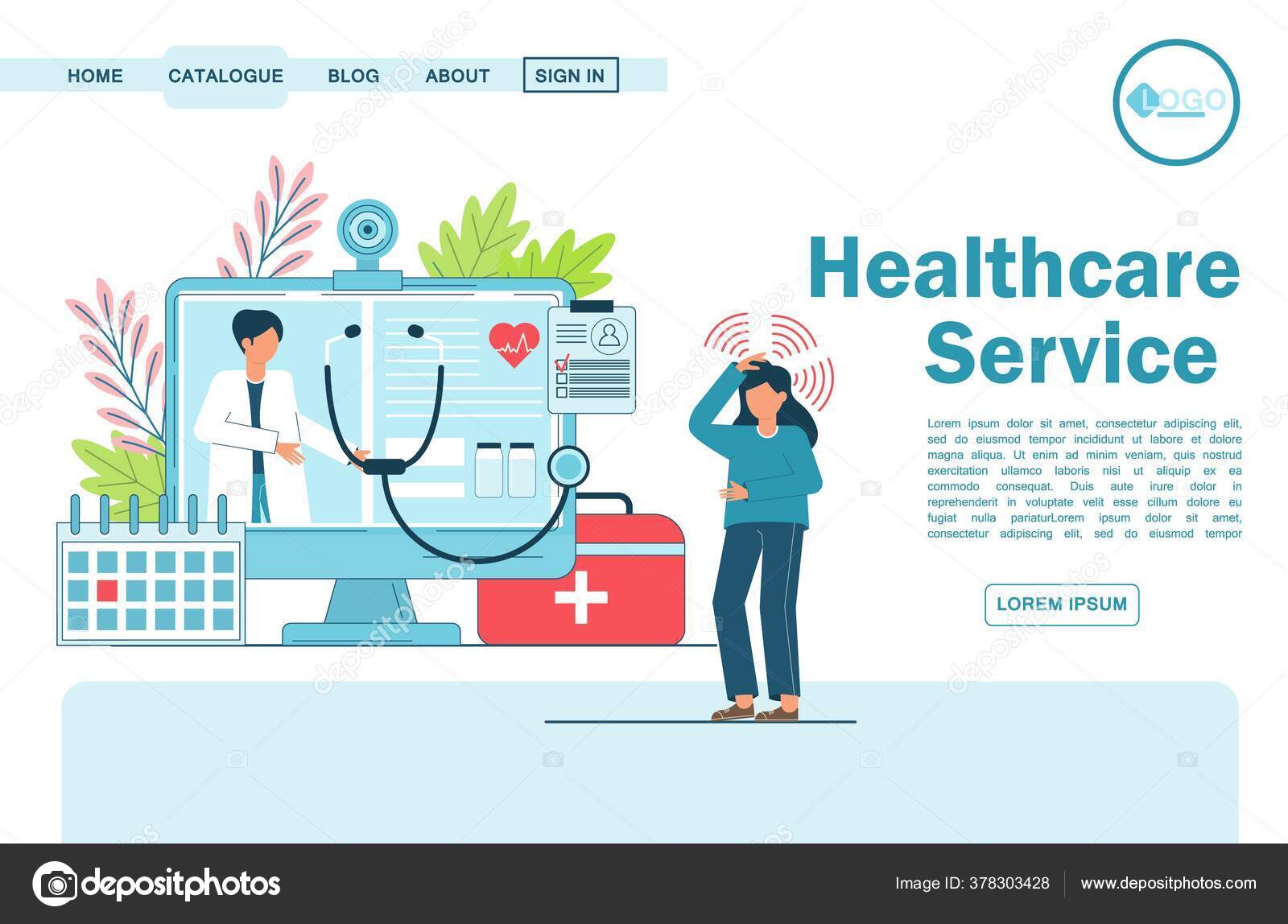Recognizing the Cost-Effectiveness of Subscription-Based Medical Care Models
As the medical care landscape evolves, subscription-based models arise as an engaging alternative, assuring to redefine exactly how individuals handle medical costs. Evaluating these versions' cost-effectiveness demands a nuanced contrast with standard insurance, taking into consideration both economic ramifications and patient satisfaction.
Summary of Subscription-Based Versions
Subscription-based healthcare versions, often referred to as direct medical care or attendant medicine, are increasingly getting attention as a possible service to ineffectiveness within standard healthcare systems. These versions operate the concept of offering clients straight access to doctor via a monthly or annual fee, bypassing the requirement for typical insurance policy mechanisms. This setup aims to improve patient-provider interactions by decreasing management worries, which typically prevent tailored and prompt treatment.
At the core of subscription-based models is the focus on an extra tailored person experience. Individuals benefit from enhanced access to their physicians, typically consisting of same-day or next-day visits, prolonged appointment times, and straight interaction channels such as phone or video phone calls. This version cultivates an aggressive technique to health care, where suppliers and people can collaboratively concentrate on preventative care and chronic illness administration.

Cost Contrast With Traditional Insurance Policy

One of the primary economic benefits of membership designs is transparency in costs. Alternatively, conventional insurance coverage may be more useful for individuals needing specialized care or costly treatments not covered under a subscription model, as they profit from the wider protection network and cost-sharing mechanisms.
However, cost-effectiveness is context-dependent. While registration versions may use cost savings for those largely requiring medical care, individuals with chronic conditions or specialized health care requirements might locate typical insurance policy much more comprehensive. Evaluating certain healthcare demands and possible use is critical in establishing the most economical option for people.
Influence on Client Fulfillment
Client contentment within subscription-based medical care designs commonly shows a significant renovation over conventional insurance systems. This enhancement is mainly credited to the customized care and availability these versions use. People often report higher fulfillment as a result of lowered delay times and the simplicity of organizing appointments. Unlike typical systems, where clients could experience hold-ups in receiving care, subscription-based versions guarantee even more prompt and direct communications with doctor.
In addition, the openness in expenses associated with subscription-based medical care relieves the common frustrations associated with unexpected fees and complex billing procedures seen in traditional insurance (subscription based healthcare). People appreciate understanding the precise economic commitment upfront, leading to boosted trust and self-confidence in their medical care monitoring
In addition, the emphasis on preventative care and health in membership models adds to improved wellness outcomes, further improving client complete satisfaction. By focusing on recurring health upkeep as opposed to episodic treatment, individuals experience a more site here holistic and continuous medical care trip.
Moreover, the boosted provider-patient partnership fostered in these versions, characterized by more time spent per client and personalized focus, plays a critical function in elevating client contentment degrees, as clients really feel truly taken care of and recognized.
copyright Experiences and point of views
From the copyright's point of view, subscription-based medical care versions provide a transformative strategy to delivering medical solutions. These models emphasize a preventative and aggressive medical care technique, allowing suppliers to concentrate on thorough person treatment without the restrictions of standard fee-for-service plans (subscription based healthcare). This change in focus commonly leads to enhanced person end results and increased provider fulfillment, as health care experts can assign more time and sources to individual interaction and personalized care plans
Furthermore, subscription models help with predictable revenue streams, which improve monetary stability for doctor. This predictability enables for enhanced resource planning and allowance, adding to an extra effective healthcare distribution system. Suppliers can purchase personnel innovation, framework, and training renovations, thereby improving the top quality of care provided.
However, the change to subscription-based models is not without challenges. Despite these difficulties, many companies find that the benefits of increased patient communication and streamlined operations exceed the initial obstacles, making subscription-based this page models an appealing choice.
Future Prospects and Obstacles

A key challenge is regulatory compliance, as subscription designs must stick to developing health care policies and insurance policy requirements. This necessitates constant adaptation and technology to guarantee alignment with legal standards. Furthermore, integrating these versions right into existing health care frameworks can be complex, needing significant financial investments in innovation and training.
There is also the prospective threat of producing inequities in health care gain access to, as registration designs could favor those who can afford them, leaving at risk populations underserved. Addressing this calls for thoughtful consideration of prices approaches and aid mechanisms to ensure inclusivity.
Final Thought
Subscription-based medical care models offer a viable alternative to typical insurance policy by using financial predictability and openness, particularly profiting individuals with chronic conditions or constant healthcare needs. The cost-effectiveness of these designs rests upon private medical care usage patterns and conditions. While they may enhance patient satisfaction and enhance budgeting, difficulties remain in attending to specialized treatment demands. Future considerations include balancing extensive protection with cost and incorporating these versions within the wider healthcare system for ideal end results.
Subscription-based healthcare designs, sometimes referred to as straight primary treatment or concierge medication, are progressively getting focus as a possible service to inefficiencies within traditional health care systems. Unlike typical systems, where patients may experience hold-ups in obtaining care, subscription-based versions Homepage make sure more timely and direct interactions with healthcare suppliers.
These models stress a positive and preventative healthcare approach, allowing providers to focus on detailed client treatment without the constraints of conventional fee-for-service arrangements. As these models proceed to gain traction, they use the possible to change patient accessibility to care, enhance solution shipment, and maximize healthcare costs.Subscription-based medical care versions offer a practical choice to traditional insurance policy by offering monetary predictability and transparency, specifically benefiting people with persistent problems or regular healthcare needs.
Comments on “The Influence of Subscription Based Healthcare on Traditional Medical Practices”